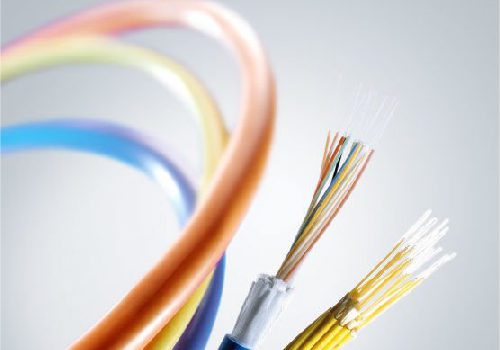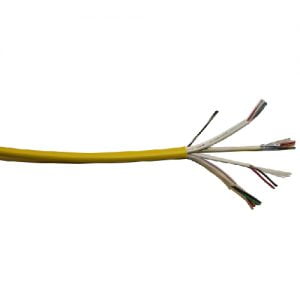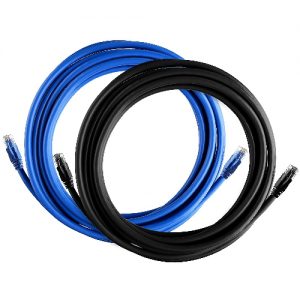
Understanding Cable Distance Limits

Table of Contents
ToggleIn the realm of networking, the length of cable runs plays a crucial role in ensuring optimal performance and reliability of the network infrastructure. The Electronic Industries Alliance (EIA) and Telecommunications Industry Association (TIA) set forth standards that specify the maximum distances for cable segments. These standards are critical in avoiding signal loss, which may occur when the recommended cable lengths are exceeded.
How Far Can You Run Cat5 Cable For CCTV?
Cat5 and Cat5e Cable Distance Specifications

Category 5 (Cat5) and Category 5 Enhanced (Cat5e) cables are widely used in networking for their ability to support Ethernet speeds of up to 1000 Mbps (1 Gbps) over a maximum length of 100 meters or approximately 328 feet. According to the TIA/EIA-568 standard, this maximum distance is applicable under normal conditions for both Cat5 and Cat5e cables. Beyond this distance, signal integrity begins to degrade, leading to potential data loss or corruption.
The construction of Cat5 and Cat5e cables involves four pairs of twisted wires, which can be either shielded (STP) or unshielded (UTP). The most common variant used is the unshielded twisted pair (UTP), owing to its balance of performance, cost, and ease of installation. Shielded variants are typically employed in environments with high electromagnetic interference (EMI), as the shielding helps to mitigate signal degradation.
Maximum Distances for Cat6 and Cat6a Cable Segments
The evolution of cable technology has led to the introduction of Category 6 (Cat6) and Category 6a (Cat6a) cables, designed to support higher data rates and more stringent network requirements. For standard 10/100/1000BASE-T applications, Cat6 cables adhere to the same 100-meter maximum distance as their predecessors. However, for 10GBASE-T applications, the maximum length for Cat6 cables is reduced to 55 meters. This limitation is primarily due to increased susceptibility to alien crosstalk (AXT), a form of interference from adjacent cables, which can significantly impact data transmission quality.
Cat6a cables, on the other hand, are engineered to overcome the limitations faced by Cat6 cables in high-speed network environments. With improvements in shielding and cable structure, Cat6a supports the full 100 meters for 10GBASE-T applications, even in environments with potential alien crosstalk. This makes Cat6a a more suitable option for modern data centers and enterprise networks requiring high-speed connectivity over longer distances.
Extending Beyond Standard Cable Distances
In scenarios where cable runs need to exceed the standard 100-meter limitation, network infrastructure can be designed to include repeaters or switches at strategic points. These devices regenerate the signal, thereby extending the reach of the network without compromising on speed or quality. For installations requiring longer continuous runs, solid core cables are recommended due to their superior performance over extended distances compared to stranded cables, which are more suited for shorter, patch cable applications.
In summary, adhering to the EIA and TIA standards for cable distances is crucial for maintaining the integrity and performance of a network. By selecting the appropriate category of cable and incorporating network hardware when necessary, it is possible to design a network infrastructure that meets both current and future connectivity requirements.
Author

Jason is an expert in CCTV, door access, solar panels, and video intercom systems, with over 10 years of experience in the security industry. He graduated with a Mechanical Engineering degree. Jason offers tailored solutions and exceptional customer service, committed to ensuring the safety and security of clients' businesses and homes. When he's not working on security projects, he enjoys relaxing in his apartment, watching Netflix.
